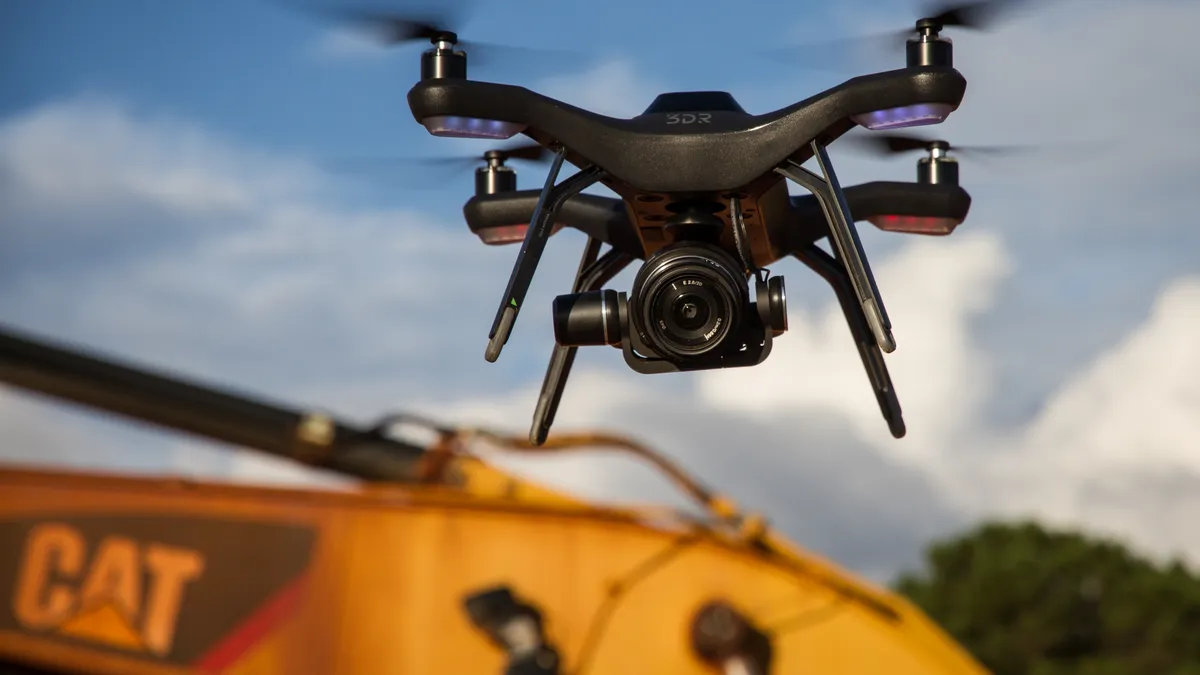Dive Brief:
-
Balfour Beatty is expecting construction to become a hands-off operation — at least where humans are concerned. Among the predictions outlined in its new paper, "Innovation 2050: A Digital Future for the Infrastructure Industry," is that construction sites will be human-free by that year.
-
Tech on the horizon include teams of remotely controlled machines that can work together efficiently. Other tech poised to transform infrastructure, some of which is already in use, include drones, sensors and IoT-powered buildings with novel materials that can improve safety and speed up repairs, or even repair themselves.
- All that change requires new skills — such as the ability to manage high-tech equipment and software — to become a part of future construction crew’s core skill sets. Cloud-based workflow management systems stand to improve efficiency but also raise concerns around interoperability and security.
Dive Insight:
Bots are already in use on the job site, filling roles from overhead photography and surveying to worker and equipment tracking and even site access and security. But that begs the question: What will happen to the humans?
Just as job site tech gets smarter, so, too, will its human operators. Technologies like machine-learning require human intervention to teach machines the nuances of construction. Representatives from contractors Swinerton and Layton told Construction Dive last month that their beta use of Autodesk’s in-progress Project IQ risk-management software required them to double down on field reporting and data entry, flagging areas where the new program had mischaracterized an event to help it learn for next time.
Meanwhile, autonomous equipment and telemetrics, for example, turn the job of workers from solely operating their equipment to studying its use and trying to maximize its potential. As one example, equipment rental company EquipmentShare recently launched ES Track. The telematics system lets contractors collect real-time data on each piece of equipment's location, use and general wear and tear, and then decide how to use that equipment in order to get the most out of the purchase.
Other equipment makers are taking telematics down in scale with internet-connected power tools that help manage their location, custom settings and life cycle.
New wearables also fill a range of roles, from managing workers’ body temperatures in harsh environments, to tracking their heart rates during strenuous tasks and notifying supervisors when a worker without the right permissions enters a redistricted area of the site.














